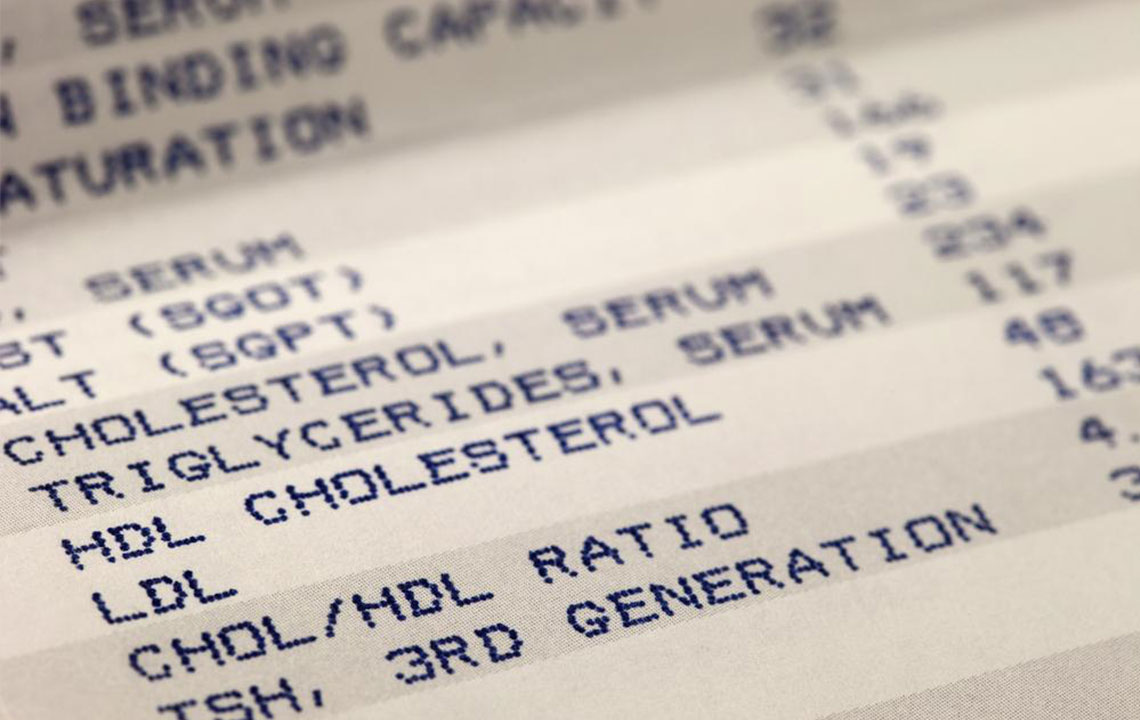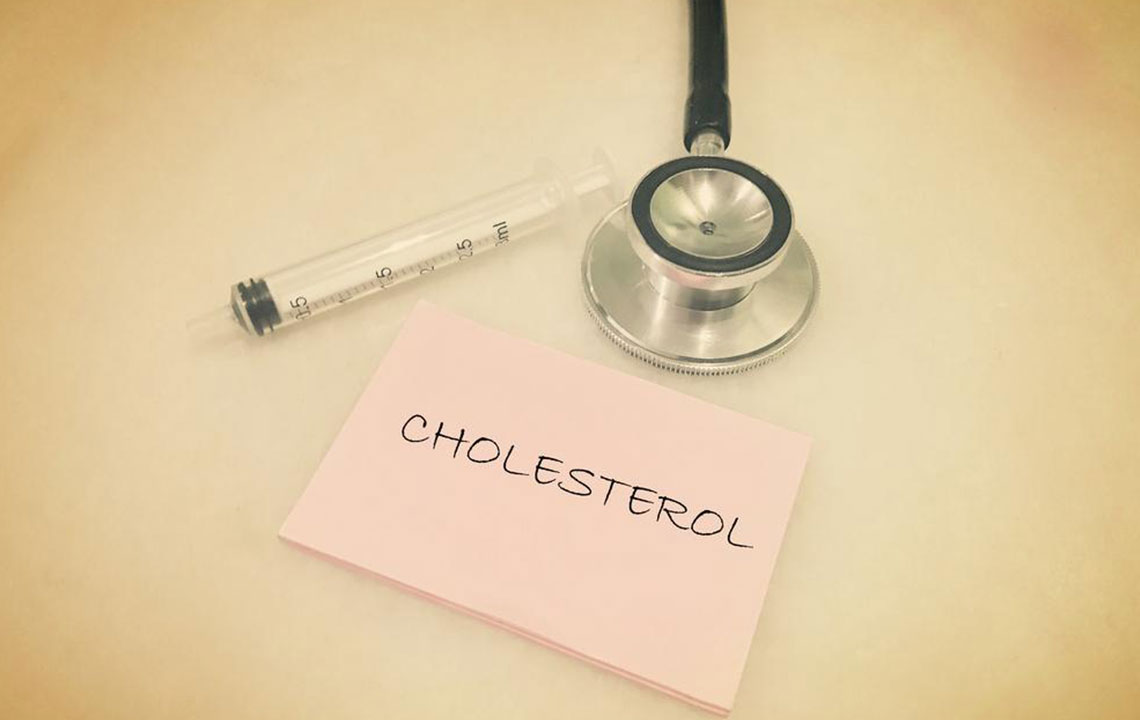Understanding Angiograms and Angioplasty Procedures: What You Need to Know
Learn essential facts about angiograms and angioplasty, including procedures, differences, indications, and recovery tips. This overview helps patients understand their heart health options and makes informed choices about treatment.

Understanding Angiograms and Angioplasty Procedures: What You Need to Know
Dealing with clogged arteries or cardiovascular issues often requires specific diagnostic and treatment procedures. An angiogram and angioplasty are two key interventions frequently recommended. An angiogram (or angiography) uses contrast dyes and imaging to detect arterial problems, while angioplasty is a minimally invasive procedure aimed at opening narrowed or blocked arteries. Having a clear understanding of both procedures helps patients make informed decisions about their heart health and treatment options.
Managing Artery Blockages
Healthcare providers consider symptoms like chest pain, dizziness, shortness of breath, irregular heartbeat, nausea, fatigue, and leg swelling as signs of possible artery blockages, prompting further testing.Following a physical exam and medical history review, a doctor may recommend an angiogram and possibly an angioplasty. Typically, angiograms are performed before deciding on an angioplasty. Imaging reveals any blockages, and if significant, an angioplasty may be scheduled. In some cases, both procedures can be completed in a single session. If the blockage poses no immediate threat, doctors might suggest conservative treatments like medication or lifestyle modifications instead of an invasive procedure.
What Is an Angiogram?
Angiography is a diagnostic test that visualizes blood vessels and flow using contrast dyes. It involves inserting a small catheter into the vessels, injecting dye, and capturing detailed images to detect issues such as atherosclerosis or blood clots. It’s minimally invasive and essential for diagnosing blood flow problems affecting the heart, brain, lungs, and kidneys.
Types of Angiograms
The type of angiogram depends on the vessels under investigation. For instance, coronary angiograms examine heart and nearby vessels using contrast dyes and imaging, sometimes with CT scans. Pulmonary angiograms focus on lung vessels, cerebral angiograms target brain blood vessels, and renal angiograms assess kidney circulation.
Angioplasty for Artery Blockages
Angioplasty is a non-surgical treatment that widens narrowed or blocked arteries. It’s often the first choice for addressing blood vessel issues and can be performed in various body regions.
Types of Angioplasty
The main forms involve balloon angioplasty, where a tiny balloon is inflated inside the artery to clear blockages, and stent placement, where a mesh tube is inserted to keep the artery open. During the procedure, doctors may use one or both methods to ensure lasting relief from arterial narrowing.
How Are Angiograms and Angioplasty Performed?
Angiograms usually take 30 to 120 minutes. A catheter guides dye injection and imaging, after which minimal recovery time is needed. Strenuous activity is discouraged for a few days. Angioplasty, also lasting about 30 to 120 minutes, involves inserting a guidewire and balloon to open the artery, with or without placing a stent. Recovery is quick, often allowing resumption of daily activities within a week or two.Important Reminder:
The information provided here is for educational purposes only. Always seek advice from licensed healthcare professionals for diagnosis and treatment decisions. Do not rely solely on online content for medical guidance.










